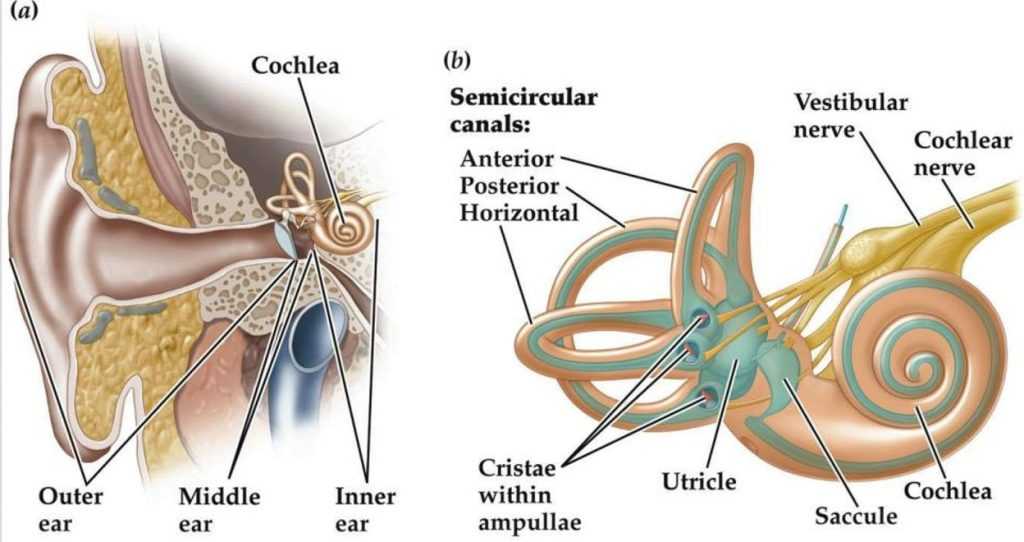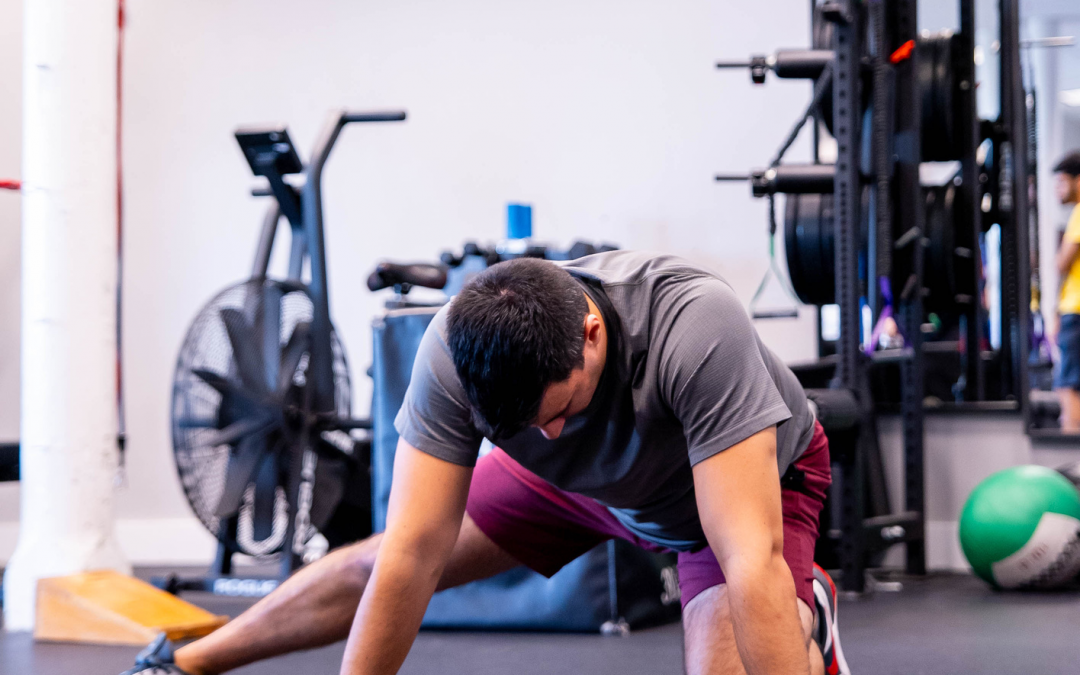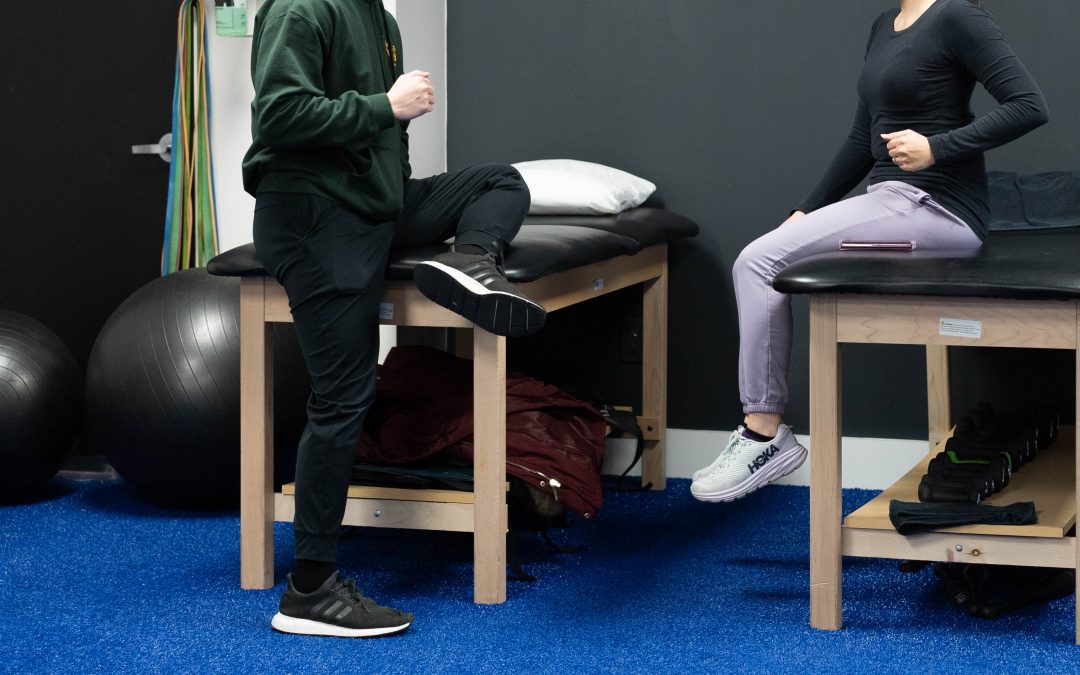We talk about how important it is to have “good balance”, but what does that even mean?
- Balance is defined as the ability to control the center of gravity over the base of support in a given sensory environment.
- As humans this means, controlling the center of our body’s mass over our legs and feet (our base of support) in any given situation that life throws at us (the sensory environment). The sensory environment, for example, could change when you move around:
- A brightly lit room VS darkly lit room
- On a concrete floor VS a sandy beach
- In a crowded NYC street VS at home
It is our daily challenge to maintain balance and stability in a world that is always changing around us! We do so by utilizing three sensory systems in our body:
- VISION
- Visual cues from the environment provide your brain with positional orientation cues…
- Where am I in space?
- It is harder to stand still with your eyes closed VS with your eyes open
- Therefore, if you are trying to make it to the bathroom in the middle of the night…this may be more difficult than doing so during the day since your vision is affected
- *TIP* – Install night lights!
- SOMATOSENSATION
- This system refers to the ability of your legs to feel the ground below you
- There are pressure receptors in the feet, joint position receptors in your ankles/knees/hips and stretch receptors in your muscles that give your brain information about your body’s position in space
- It is harder to stand on one foot VS two feet. Having two feet on the ground widens your base of support
- *TIP* – Worried about falling over on a moving train? Widen your stance
- VESTIBULAR
- Last but definitely not least is your Vestibular system, which is probably the most complicated but also most important part of your ability to maintain stability
- The vestibular system is located inside of your inner ear, where there are receptors that provide your brain with cues regarding your head position and your movement with respect to gravity
- In the figure below, you can see:
- The semi-circular canals, which detect angular acceleration of the head (moving from lying down flat to sitting up)
- The Utricle & Saccule, which detect linear accelerations & static head tilts (driving in a car or tilting your head to the side)
- There is a lot more to known about this system, but its existence is vital. It is the only system that cannot be disrupted from the environment around you (unless you take off into outer space where there is zero gravity!)

Improving your balance whether it’s to increase your safety in your home and community, or to improve your performance of a hobby or sport, takes practice! The Physical Therapists here at ProMet PT can help you to better understand why you are having balance difficulties, provide you with a personalized plan towards addressing those difficulties and assist you in achieving your desired goals!
Make an appointment at one of our Glendale, Manhasset or Kew Gardens (soon to be Briarwood) locations today! We hope to see you soon!




